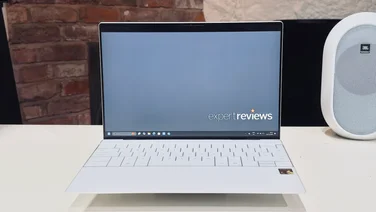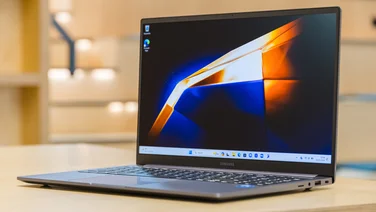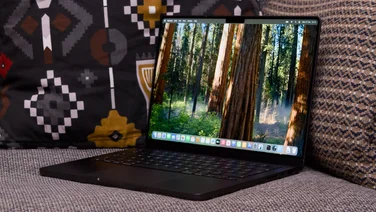To help us provide you with free impartial advice, we may earn a commission if you buy through links on our site. Learn more









At first glance, the Asus VivoBook S200 looks like a silver version of the Asus Taichi. Look a little deeper, though, and you see some stark differences: the VivoBook has a budget Intel Core i3-3217U processor rather than a high-end Core i7-3517U, and instead of twin 1080p displays you get a single 1,366×768 touchscreen. The laptop’s not to be sneezed at, though, as it’s £800 less than its fancy sibling.

A slender, Intel-powered, touchscreen Windows 8 laptop for just £400 – impressive stuff
We thought that touchscreen laptops, such as the S200, would command a hefty premium over typical models. We’re very happy to be proved wrong though by Asus. We were also sceptical that users would want to reach over their keyboards to interact with the screen. However at this price, and given the touch-centric design of Windows 8, we can now see touchscreen laptops rapidly becoming the standard.

The S200 is simple to use. The extremely responsive ten-point touchscreen makes navigating Windows 8 an absolute breeze. It doesn’t fold back on itself like the Lenovo Yoga or turn into a tablet like the Taichi or Dell XPS 12, but the most important thing is that the touchscreen is at your disposal all the time – something we really missed on the Taichi with its non-touch main screen.
Tapping icons did make the screen wobble slightly, but it wasn’t enough to spoil using the laptop. Unlike tablets with keyboard docks, such as the Asus Transformer, the S200 has enough weight in the base to make sure it doesn’t rock backwards when you jab the touchscreen.

A big drawback with touchscreens is that they quickly become covered in fingerprints. This isn’t helped by the S200’s dim screen; it’s significantly less bright than we’re used to. Although reds, greens and blues were still fairly vivid, the low brightness meant areas of detail were lost in the darker areas of our test photos. The screen has a reflective surface, which caused a large amount of glare under bright lights, but the S200 does have a reasonable range of screen tilt to help remedy this.
We thought the brightness problem may be down to the automatic brightness controls built into Windows 8, which we had trouble with on the Taichi and had to override, but that doesn’t seem to the case here.

As this is a proper laptop, below the touchscreen is a full-sized keyboard and a touchpad. The keyboard’s keys are all individually spaced and give lots of tactile feedback, and the laptop’s smooth, central touchpad is well positioned so we never brushed it accidentally when typing.
The S200 has a 500GB hard disk for your media collection, as well as plenty of connectivity options, including two USB2 and one USB3 port, an SD/MMC card reader and VGA and HDMI ports for connecting the laptop to external monitors and projectors. There’s no optical drive, though, but this helps keep the laptop’s weight down to a travel-friendly 1.4kg.

This is a cheap laptop, so it’s not exactly a powerhouse. The S200’s 1.8GHz Intel Core i3-3217U processor helped it to an overall score of 29 in our benchmarks. This means it will be fine for web browsing and office tasks, but will struggle with video editing and multitasking. The laptop’s integrated Intel HD 4000 graphics makes it a poor machine for gaming; our Dirt Showdown benchmark didn’t run at anywhere near a playable frame rate, so you’ll have to stick with older or more casual gaming titles (there’s bound to be lots of the latter designed to work on such laptops for sale through the Windows 8 store).

The processor’s “U” suffix means it’s a low-voltage model, which should help with battery life. The S200 lasted 5 hours and 26 minutes in our battery life benchmark, which, while not an all-day figure, is still par for the course for a budget laptop.
The Asus VivoBook S200 does have some drawbacks, notably a lack of screen brightness, but it’s still excellent value, and a remarkable first effort from Asus for a budget touchscreen laptop. It’s not suitable for intensive tasks such as video editing, but is still an inexpensive way to get the most out of Windows 8. It’s a Budget Buy.






